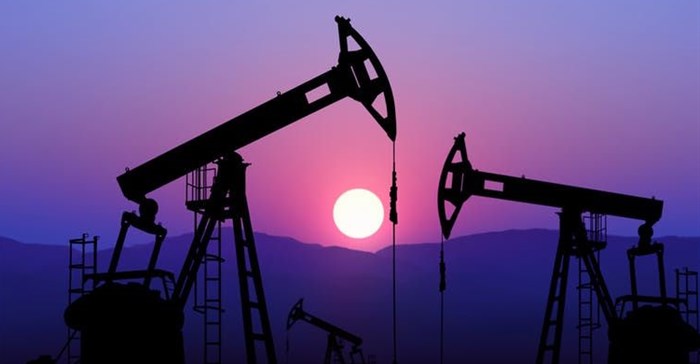
Robert Lucian Crusitu/Shutterstock
The world is now 1°C warmer than it was in pre-industrial times. Is this solely down to emissions of greenhouse gasses such as CO₂? Meteorologist Hubert Lamb, regarded as the father of modern climatology, argued that CO₂ levels alone couldn’t account for all of the global warming that’s been observed.
His attention turned instead to the role of thermal emissions. Burning fossil fuels doesn’t just produce greenhouse gases, it also generates a lot of heat, which leaks out to the atmosphere. Nuclear tests and volcanic eruptions are some examples of other large heat sources.
Back in 2009, two scientists in Sweden argued that thermal emissions were more important than CO₂ for raising global temperatures. A few years later, two Chinese scientists suggested that heat from the earth’s interior could be contributing to rising temperatures. They argued that fossil fuels such as coal, oil and gas in layers and crevices beneath the Earth’s surface act as an insulating blanket, trapping heat from the planet’s interior. As these deposits have been emptied by fossil fuel extraction, more of that heat could be reaching the surface.
This idea is similar to how fat tissue under the skin prevents body heat from being lost to the surrounding air. To investigate this theory in the Earth’s crust, we looked at the figures for global fossil fuel production alongside data for temperature changes on the land and sea surface. Our research suggests that it is possible that temperatures may be rising faster in places where fossil fuels are being extracted from the ground.
Rising heat
Between 2007 and 2017, 45.5 billion tonnes of oil and 36.3 billion cubic metres of natural gas were removed from the Earth’s crust. When oil and gas is extracted, the voids fill with water, which is a less effective insulator. This means more heat from the Earth’s interior can be conducted to the surface, causing the land and the ocean to warm.
We looked at warming trends in oil and gas producing regions across the world. These places, which included Saudi Arabia, the Arabian Gulf, Gulf of Mexico, the North Sea and Alaska, reported high rates of warming – between three and six times higher than the average rate worldwide.
One of the fastest rates of warming has been observed in the Arctic, where temperatures have risen by 0.6°C every decade since 1978. In Antarctica, however, the increase is just 0.1°C, despite similar levels of atmospheric CO₂ in both polar regions.
One reason for the difference may be that fossil fuels are extracted in the Arctic, but not in the Antarctic. From 2007, more than 400 oil and gas fields have been developed north of the Arctic circle, while in Antarctica, fossil fuel extraction is banned.
An earlier study found evidence for a similar pattern in the north east of England, where a long history of coal mining has dramatically changed the land’s subsurface. So much so that in the former coalfields around Gateshead and Newcastle, a “heat island” effect was detected below and beneath the ground. This meant the atmosphere above the conurbation was about 2°C warmer than the surrounding area, while the ground beneath Gateshead was found to be up to 4.5°C warmer.
Groundwater that discharged from a mine water pumping station was also found to be unusually warm, in part due to heating from the Earth’s interior. The researchers concluded that this effect could be expected in former coalfields across Britain.
Could higher rates of warming in these places be caused by the Earth losing its internal “heat shield”? The idea that some regions have a protective layer below the ground, stopping heat from the Earth’s interior rising to the surface, isn’t as strange as it may sound. After all, the ozone layer in Earth’s atmosphere protects against ultraviolet radiation, but it was only discovered in the 19th century. Astounding new findings about the Earth system emerge all the time.
If a similar heat-trapping shield exists in the Earth’s crust, much must be done to reinforce it. Carbon emissions that are captured from industry and energy generation could be stored in the crevices left by extracted fossil fuels, re-insulating the sub-surface and helping to slow the thermal emissions that could be amplifying global warming.
Scientists have said for some time that any hope of halting catastrophic climate change rests on leaving fossil fuels in the ground. Our preliminary findings could give that warning new urgency. Underground reserves of oil have existed for far longer than humans have exploited them – we know worryingly little about the consequences of emptying them.
This article is republished from The Conversation under a Creative Commons license. Read the original article.




















